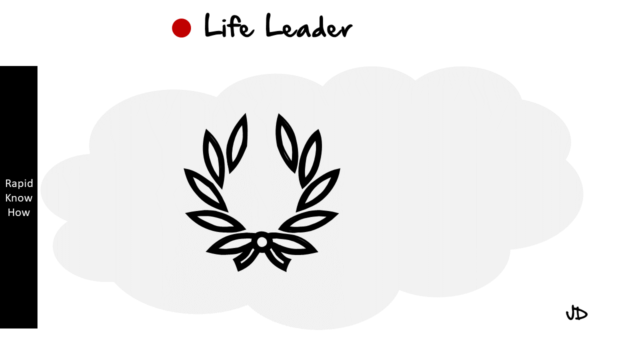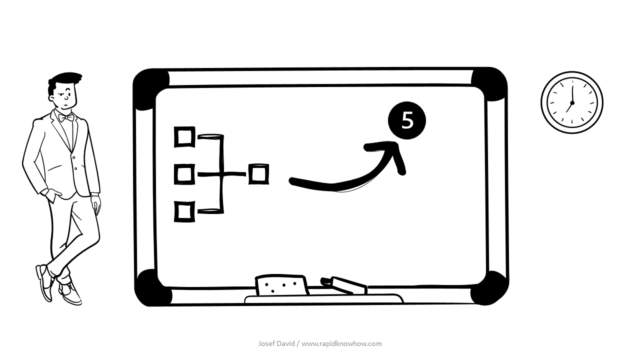Energy, in its simplest form, is the capacity to do work. It’s a fundamental concept that permeates every aspect of our lives, from the food we eat to the cars we drive. Energy can neither be created nor destroyed; it can only be transformed from one form to another. This principle, known as the law of conservation of energy, is a cornerstone of physics.
Now, let’s delve into how energy relates to ‘Think Design’, ‘Think Solution’, and ‘Think ROIC’.
Firstly, ‘Think Design’ is a concept that encourages us to approach problems with a design-oriented mindset. In terms of energy, this could mean designing systems or products that are more energy-efficient or that utilise renewable sources of energy. For instance, architects might design buildings that maximise natural light to reduce reliance on artificial lighting. Similarly, engineers might design vehicles that run on electricity rather than fossil fuels. By thinking about energy in terms of design, we can create solutions that are not only more sustainable but also more cost-effective in the long run.
Next up is ‘Think Solution’. This concept encourages us to focus on finding solutions rather than dwelling on problems. In the context of energy, this could mean developing innovative ways to harness renewable energy or finding ways to reduce energy consumption. For example, scientists are constantly researching new methods for harnessing solar power more efficiently. Meanwhile, businesses might implement energy-saving measures like switching off lights and computers when they’re not in use. By adopting a solution-oriented mindset, we can tackle the challenges associated with energy in a proactive and constructive manner.
Lastly, ‘Think ROIC’ stands for Return On Invested Capital. It’s a financial metric used by investors to assess the profitability and potential attractiveness of a company. When it comes to energy, thinking about ROIC could involve considering the financial returns of investing in energy-efficient technologies or renewable energy sources. For instance, a company might invest in solar panels for their office building. While the upfront cost might be high, the long-term savings on electricity bills could result in a high ROIC. Therefore, thinking about energy in terms of ROIC can help businesses make financially sound decisions that also benefit the environment.
In conclusion, energy is a fundamental concept that intersects with various aspects of our lives and work. By adopting a design-oriented mindset, focusing on solutions, and considering the financial returns of our decisions, we can navigate the complexities of energy in a more effective and sustainable manner. Whether we’re designing energy-efficient systems, finding innovative ways to harness renewable energy, or investing in sustainable technologies, it’s clear that energy is not just a physical concept – it’s also a crucial component of our thinking processes and decision-making strategies.




